How to Encourage Positive Behavior in Preschool
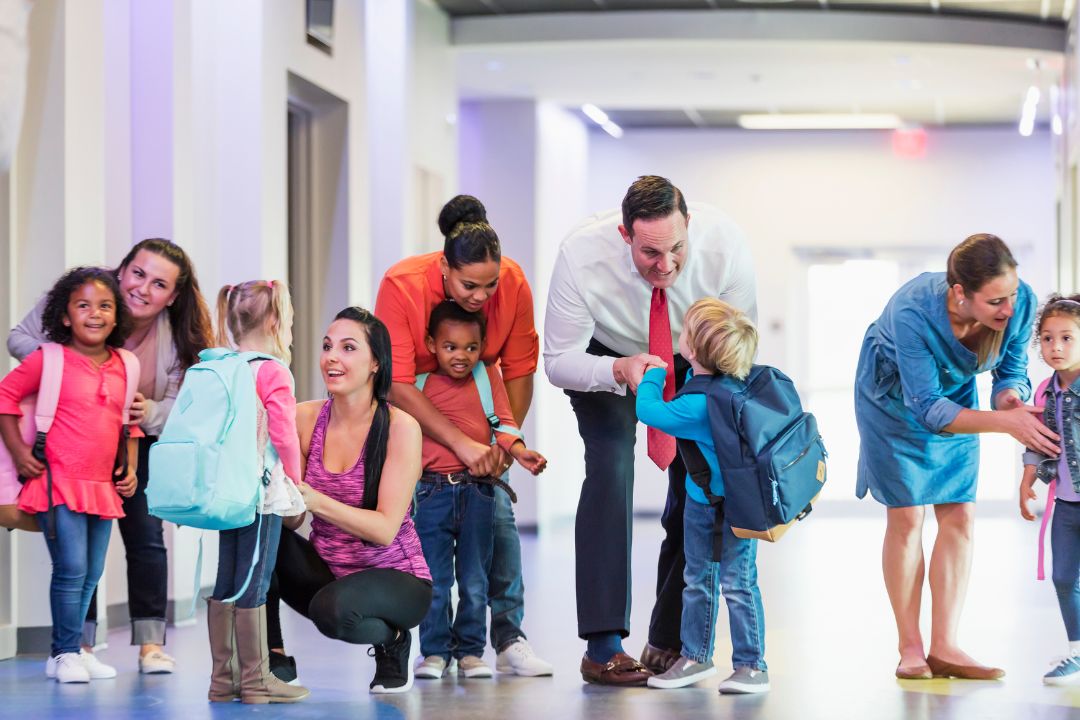
To encourage positive behavior in preschool, provide clear and consistent rules and expectations. Use positive reinforcement such as praise and rewards for good behavior.
Creating a structured and supportive environment with engaging activities can also promote positive behavior in young children. This can include using visual cues and providing opportunities for children to make choices and express themselves. Additionally, modeling positive behavior and providing individual attention and support can help reinforce good conduct in preschoolers.
By implementing these strategies, educators and caregivers can foster a positive and nurturing environment for young children to develop and thrive.
Understanding Child Behavior In Preschool
Encouraging positive behavior in preschoolers involves setting clear expectations and consistently reinforcing good conduct. Creating a supportive and nurturing environment, offering positive reinforcement, and modeling appropriate behavior are effective strategies for promoting positive behavior in young children. Understanding child behavior in preschool and implementing proactive approaches can help build a strong foundation for their social and emotional development.
Preschoolers are at a crucial stage of developmental growth, and understanding their behavior is foundational to fostering a positive learning environment. To encourage positive behavior in preschool, it is essential to delve into the key influences, developmental stages, and expected behaviors, as well as the role of the environment in shaping their conduct.
Key Influences On Preschoolers’ Behavior
Preschoolers’ behavior is greatly influenced by various factors, including their individual temperament, social interactions with peers and adults, family dynamics, and exposure to different environments. These influences can impact their emotional regulation, social skills, and overall behavioral patterns. Understanding these dynamics can help educators and caregivers tailor strategies to support positive behavior in preschoolers.
Development Stages And Expected Behaviors
Preschoolers undergo rapid developmental changes, and each stage brings about new behavioral expectations. From exploring their independence to developing self-regulation skills, understanding the typical behaviors associated with different developmental stages is crucial. Acknowledging these milestones allows adults to provide appropriate guidance and support as preschoolers navigate through these formative years.
The Role Of Environment In Shaping Behavior
The preschool environment plays a pivotal role in shaping children’s behavior. Factors such as classroom design, routine structures, and the presence of positive role models profoundly impact how preschoolers interact and behave. By creating an environment that fosters collaboration, creativity, and emotional safety, caregivers and educators can positively influence the behavioral development of preschoolers.
In essence, understanding child behavior in preschool involves recognizing the multifaceted influences, age-appropriate expectations, and the significant role of the environment. By gaining insights into these aspects, adults can implement proactive strategies to encourage positive behavior and support the holistic growth of preschoolers.
Positive Reinforcement Techniques
Encouraging positive behavior in preschoolers can be achieved through effective positive reinforcement techniques. By utilizing the use of praise and rewards, setting up a reward system, and consistently applying these techniques, educators can foster a conducive learning environment for young children.
Use Of Praise And Rewards
In the preschool setting, the use of praise and rewards can significantly impact a child’s behavior. When a child demonstrates positive behavior, providing specific and genuine praise conveys the message that their actions are valued. This can be as simple as acknowledging their cooperation during a group activity or their ability to share with their peers. Additionally, tangible rewards such as stickers or small tokens can reinforce positive behaviors and motivate children to continue exhibiting them.
Setting Up A Reward System
Establishing a structured reward system in the preschool environment can prove to be an effective tool in promoting positive behavior. This can be achieved through the creation of a rewards chart that tracks each child’s positive actions. When a child accumulates a certain number of stickers or points, they can redeem them for a predetermined reward. This encourages the children to strive for positive behavior and provides a visual representation of their progress.
Importance Of Consistency
Consistency is paramount when implementing positive reinforcement techniques. By consistently providing praise and rewards for positive behavior, children begin to understand the expected conduct and are motivated to continue displaying it. All educators in the preschool setting must adhere to the established reward system and approach positive reinforcement uniformly, ensuring a cohesive and fair environment for all children.
Fostering Open Dialogue With Preschoolers
When it comes to fostering open dialogue with preschoolers, it’s essential to create an environment that encourages them to express themselves and communicate effectively. By using age-appropriate language and discussing emotions and feelings, you can help preschoolers develop positive behavior and healthy communication skills from an early age.
Encouraging Expression And Listening
Encouraging preschoolers to express themselves is crucial for fostering open dialogue. Provide them with opportunities to share their thoughts, ideas, and feelings through activities such as show-and-tell, group discussions, and storytelling sessions. Actively listen to what they have to say, making them feel heard and valued. By promoting active listening, you reinforce the importance of respectful communication and understanding of others.
Using Age-appropriate Language
When communicating with preschoolers, it’s essential to use language that is tailored to their developmental stage. Speak in simple, direct sentences and avoid using complex vocabulary that may be beyond their comprehension. Utilize visual aids and gestures to reinforce the meaning of words and concepts. By using age-appropriate language, you create a supportive environment for preschoolers to engage in meaningful conversations and express themselves confidently.
Discussing Emotions And Feelings
Discussing emotions and feelings with preschoolers is a powerful way to foster open dialogue. Create opportunities for them to identify and express their emotions, whether through artistic activities, role-playing, or storytelling. Encourage them to verbally express how they feel and provide them with validation and support. By acknowledging their emotions, you empower preschoolers to develop emotional intelligence and build essential social skills.
Creating A Positive Learning Environment
To encourage positive behavior in preschool, creating a positive learning environment is crucial. This can be achieved by fostering a sense of community, setting clear expectations, and using positive reinforcement. By creating a supportive and nurturing atmosphere, children are more likely to exhibit positive behaviors and develop important social skills.
Designing A Conducive Preschool Setting
To encourage positive behavior in preschool, it is crucial to design a conducive setting that fosters learning and growth. Bright and welcoming classrooms with designated areas for different activities promote exploration and engagement. Integrating natural elements like plants and natural light can further enhance the environment, creating a calming and stimulating space for children.
Routine And Its Importance
Establishing a daily routine plays a key role in shaping positive behavior among preschoolers. Consistent schedules for activities, meals, and rest times help children feel secure and understand expectations. Predictability in their day-to-day activities can reduce anxiety and enable them to focus on learning and social interactions.
How Spaces Can Influence Behavior
The layout and organization of spaces within the preschool setting can significantly impact children’s behavior. Open, well-defined areas for activities such as reading, art, and play promote independence and purposeful engagement. Additionally, strategic placement of materials and resources can encourage exploration and collaborative play, fostering positive interactions among children.
Strengthening The Home-school Connection
Strengthening the home-school connection is crucial for encouraging positive behavior in preschool. When parents and educators work together, they can create a supportive environment that nurtures children’s development and reinforces positive habits. In this section, we will explore the ways to engage parents in behavior encouragement, share strategies and progress, and build a supportive community to enhance the home-school connection.
Engaging Parents In Behavior Encouragement
To engage parents in behavior encouragement, it’s essential to establish open lines of communication. Regular communication through various channels such as emails, newsletters, and parent-teacher meetings is essential. Provide parents with specific insights into their child’s behavior and the strategies used to reinforce positive behavior. Encouraging parents to be involved in goal-setting and providing them with resources for supportive reinforcement at home can also be beneficial.
Sharing Strategies And Progress
Sharing strategies and progress with parents is vital for maintaining a transparent and collaborative relationship. Providing detailed progress reports with specific examples of positive behaviors exhibited by their child can help parents understand the strategies being implemented at school. Involving parents in the process of identifying effective behavior reinforcement techniques can further strengthen the partnership.
Building A Supportive Community
Building a supportive community involves creating opportunities for parents to connect. Workshops and seminars focused on positive parenting techniques and behavior reinforcement can foster a sense of community. Additionally, creating a platform for parents to share their experiences and support each other can be beneficial. Encouraging parents to volunteer in school activities can also enhance the home-school connection and create a supportive environment for positive behavior reinforcement.
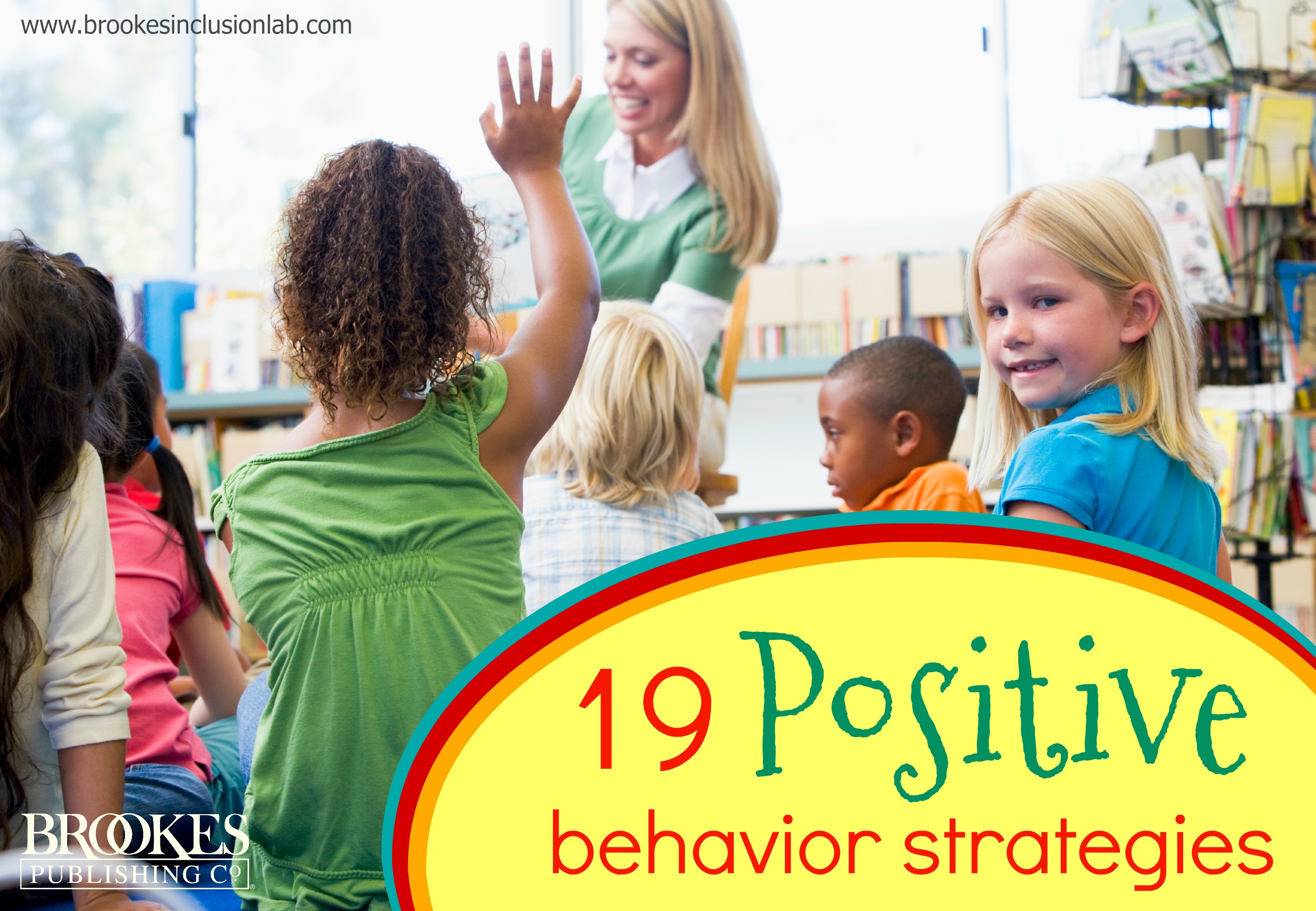
Credit: blog.brookespublishing.com
Frequently Asked Questions On How To Encourage Positive Behavior In Preschool
How Can I Encourage Positive Behavior In Preschoolers?
Encouraging positive behavior in preschoolers can be done through positive reinforcement, setting clear expectations, and providing consistent routines and boundaries. Praise and reward good behavior, communicate effectively and model positive behavior as well.
What Are Some Effective Strategies For Promoting Positive Behavior?
Effective strategies for promoting positive behavior include using positive language and redirection, offering choices, creating a positive environment, and using visual cues and reminders. Consistency, patience, and understanding of the individual needs of each child are also key factors in promoting positive behavior.
Why Is It Important To Encourage Positive Behavior In Preschool?
Encouraging positive behavior in preschool is important as it sets the foundation for future learning, fosters a positive classroom environment, and helps children develop important social and emotional skills. It also promotes a sense of responsibility, respect, and cooperation among preschoolers.
Conclusion
Encouraging positive behavior in preschool is crucial for a child’s development. By implementing consistent routines, positive reinforcement, and clear expectations, both educators and parents can foster a supportive environment for young children. Additionally, promoting social-emotional skills and providing opportunities for self-expression can further enhance the overall well-being of preschoolers.

Emma combines her teaching experience with her writing skills to produce engaging and informative content. She covers a range of topics, from classroom management to innovative teaching techniques.

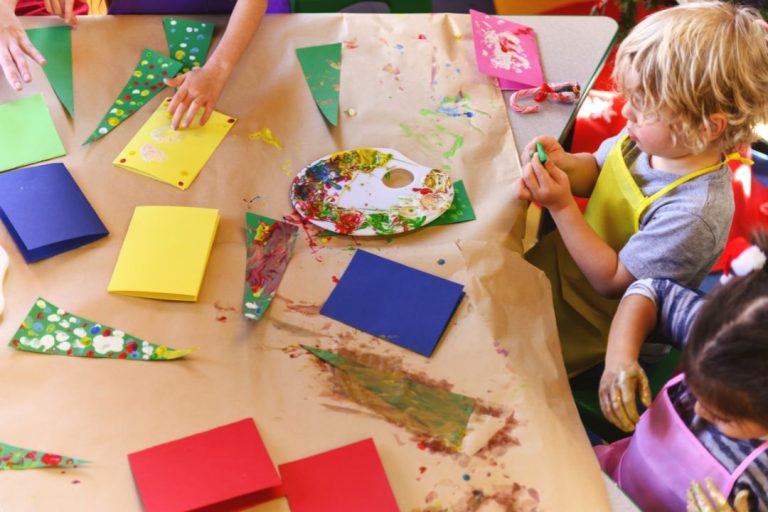
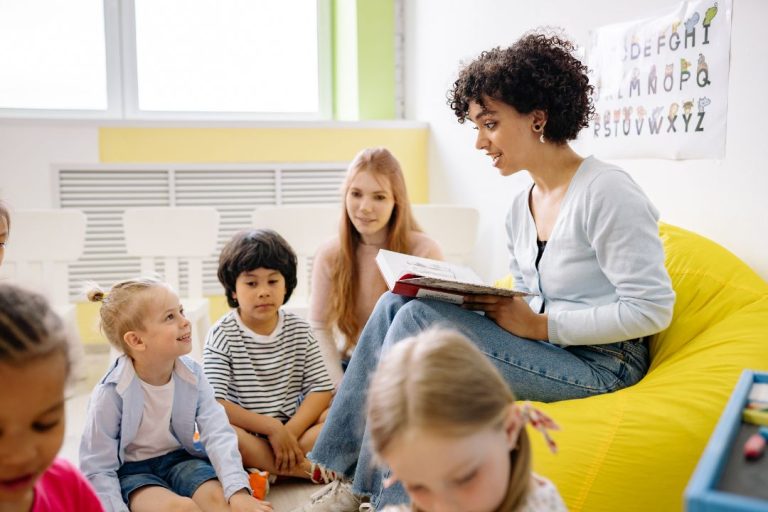
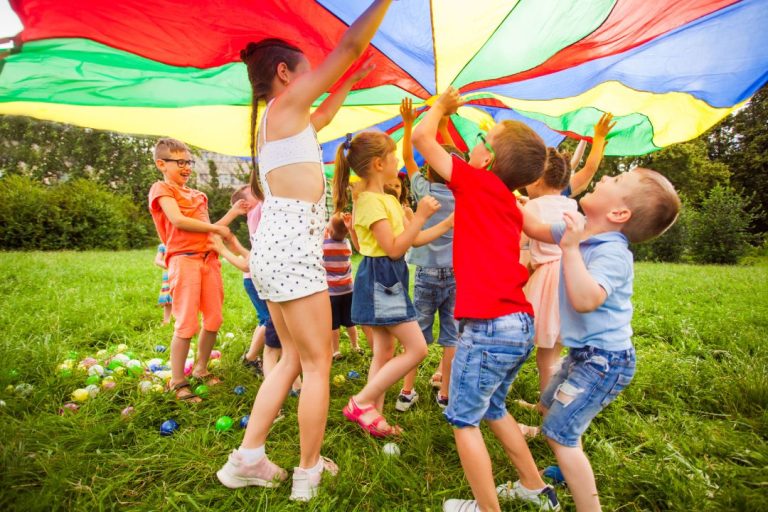
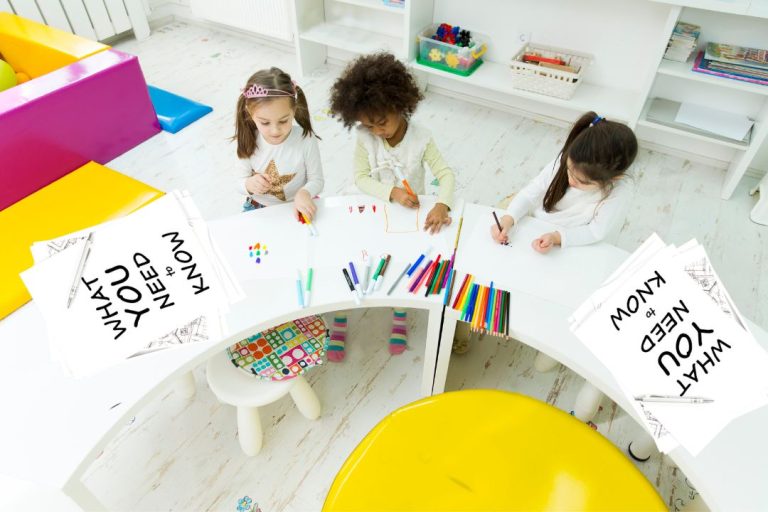


One Comment